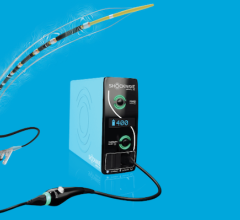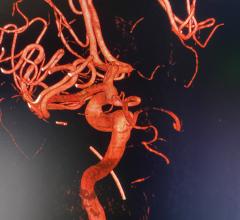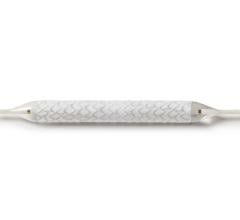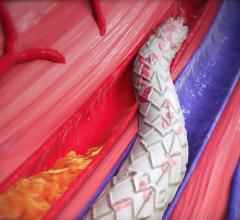Non-white, low-income patients without commercial insurance are more likely to delay diagnosis of peripheral vascular disease (PVD), which often results in amputation of the lower limb(s) according to a study published in the January 2007 issue of the Journal of Vascular Surgery. In addition to the immense psychological tool of limb loss, financial impact of the care of the amputees is estimated to be more than $4 billion annually.
Independent of other variables and comorbidities, non-white patients, income levels (from low income zip codes where average annual income was less than $25,000), Medicaid and Medicare patients, and non-teaching hospitals adversely affected the amputations rates. Low-income, minority/non-white and those with Medicaid also presented more commonly with gangrene, according t o a release from the Society for Vascular Surgery.
Between 1998-2002 the clinical data of 240,740 patients with lower extremity ischemia (LER) who had revascularization was 66.3 percent and 122,453 who had major amputation (AMP) was 33.7 percent. Patient composition included 55 percent men and 45 percent women. Data was collected from the Nationwide Inpatient Sample, which offers discharge data on 20 percent of all U.S. patients from non-federal hospitals.
“Independent of other variables we found that patients 72 years and older, diabetics and those with renal failure more commonly had amputation,” said Mohammad Hamed Eslami, MD, assistant professor of surgery in the division of vascular surgery at the University of Massachusetts Medical School in Worcester.
“Compared to the general population, male and female composition was skewed significantly in the amputation and bypass groups,” said Dr. Eslami. “The bypass group had a higher ratio of males (57 percent male versus 43 percent female), whereas the amputation group had a comparatively higher female ratio (51 percent male versus 49 percent female). Independently, the female gender led to higher risk of amputation than male patients.”
The LER group had 80 percent white patients, while the AMP group had 61.2 percent, when compared with the general population of 74.1 percent. Conversely, non-white patients were more prominently represented in the AMP groups (38.8 versus 25.9 percent).
Diabetes and chronic renal failure were more common among the AMP group while chronic obstructive pulmonary disease, hypertension and coronary artery disease were more frequent in the LER group.
Compared with private/HMO patients, both Medicaid (1.9 fold) and Medicare (1.8 fold) patients were more likely to have amputations. The study noted that Medicaid patients often seek help in the emergency department rather than early and regular care. It also was noted that diabetes, an independent predictor of amputation, was more common among nonwhites (53.1 versus 37.1 percent), and that the diabetes rate decreases as income increases.
Dr. Eslami added that age and diabetes may partially explain the higher rate of amputation among Medicare recipients, higher amputation rates among relatively younger Medicaid recipients and presentation of gangrene among these patients.
“This study gives a very clear snapshot of the disparities of care and higher amputation rates among minorities and poor patients,” said Dr. Eslami. “This socioeconomic group, which has a comparatively higher rate of diabetes and renal failure, must be educated about peripheral artery disease. Studies such this indicate the need for an educational campaign regarding the signs and symptoms of PVD and priority screening for the underserved, to decrease amputation rates. Also, there needs to be a focus on the removal of barriers to accessible, appropriate medical care for this sector of the population.”
For more information visit www.jvascsurg.org. or www.VascularWeb.org.
News | January 03, 2007
Poverty, Race Play Crippling Peripheral Vascular Disease Role
© Copyright Wainscot Media. All Rights Reserved.
Subscribe Now


 November 08, 2024
November 08, 2024 








